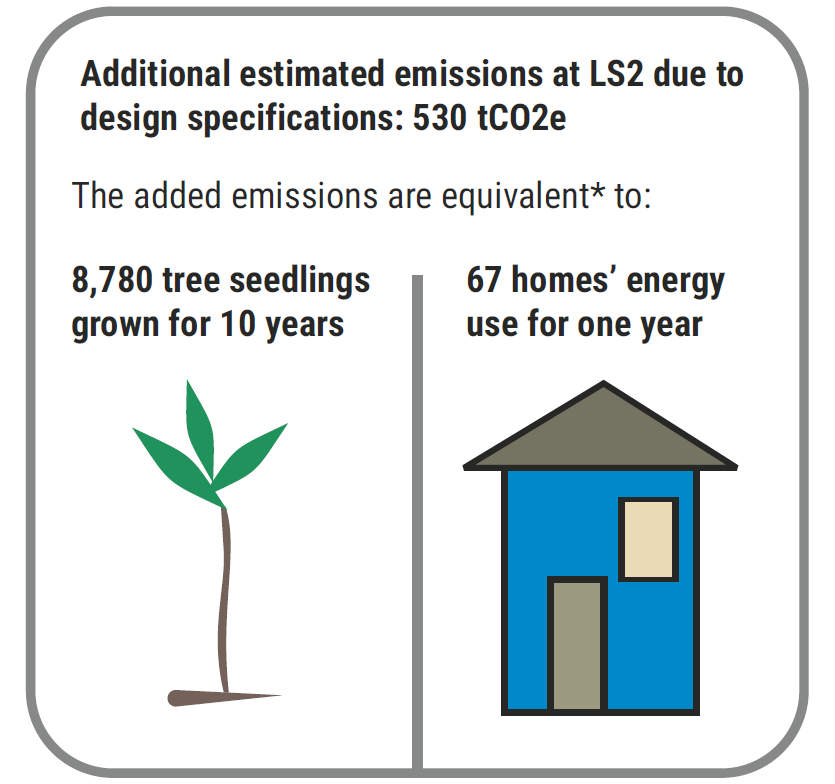Carbon and Cost Savings on Toronto LRT Shoring
Authors: Katie Catelo, P.Eng., and Shawna Munn, P.Eng., of Isherwood Geostructural Engineers, with input data contributions from Adam Plomske, P.Eng,. Green Infrastructure Partners

The Challenge
The Eglinton Crosstown Light Rail Transit (LRT) is Toronto’s first major new subway line since the 1990s, and more than half the line is below grade, with 25 stations and three launch and exit shafts for tunnel boring machines. For Launch Shaft 2 (LS2), part of the advance tunnelling contract that was constructed in 2013–2015, the shaft design was governed by a prescriptive specification that included constraints around the required loading diagram, shoring stiffness and maximum support spacing. The LS2 excavation was expanded again to build Cedarvale Station in 2017–2022. Specifications for this work and other underground stations on the LRT line differed from the advance tunnel contract, using a performance-based specification with more design flexibility.
The Solution
By comparing the shoring design at the interface between both excavations, which are both 18 m (60 ft) deep cuts supporting a public park, we can estimate the added materials needed because of the prescriptive specification approach, summarized in the table.
The Results
A strong argument for performance based design specifications over prescriptive specifications is in the performance of these two shoring walls: LS2 moved a maximum of 8 mm (0.3 in) into site and the adjacent station shoring had a maximum of 7 mm (0.25 in) into site movement upon completion of excavation, showing that the additional reinforcing had a negligible impact on shoring performance.
The added shoring materials increased the LS2 carbon emissions by 80% compared to the station shoring design, or roughly 530 tCO2e of emissions. This neglects the difference between the timber lagging used at Cedarvale Station and the secant wall fillers used for LS2, which were required for the launch shaft’s 8-year design life.
Extrapolated over the 13 underground stations in the new LRT, the choice to use performance-based design on the station work resulted in substantial cost, time, material and environmental savings. We applaud Metrolinx, the government of Ontario agency in charge of the Eglinton LRT, for its transition to performance-based shoring specifications that leverage local knowledge and experience without affecting shoring performance and safety.
| Launch Shaft 2 | Cedarvale Station | |
|---|---|---|
| Bracing | 5 tieback rows 1,400 kN (314 kip) design load, 7,000 kN (1,574 kip) total | Deck beam strut at grade 2 tieback rows 1,400 (314 kip) and 1,000 kN (225 kip) design loads, 2,400 kN (540 kip) total |
| Pile Size | W610x217 at 3 m spacing (W24x146 at 10 ft spacing) | W610x125 at 3 m spacing (W24x84 at 10 ft spacing) |
| Pile Toe | 6m (20 ft) | 4.5m (15 ft) |
| Emissions Per Pile | 18 tCO2e | 10 tCO2e |

